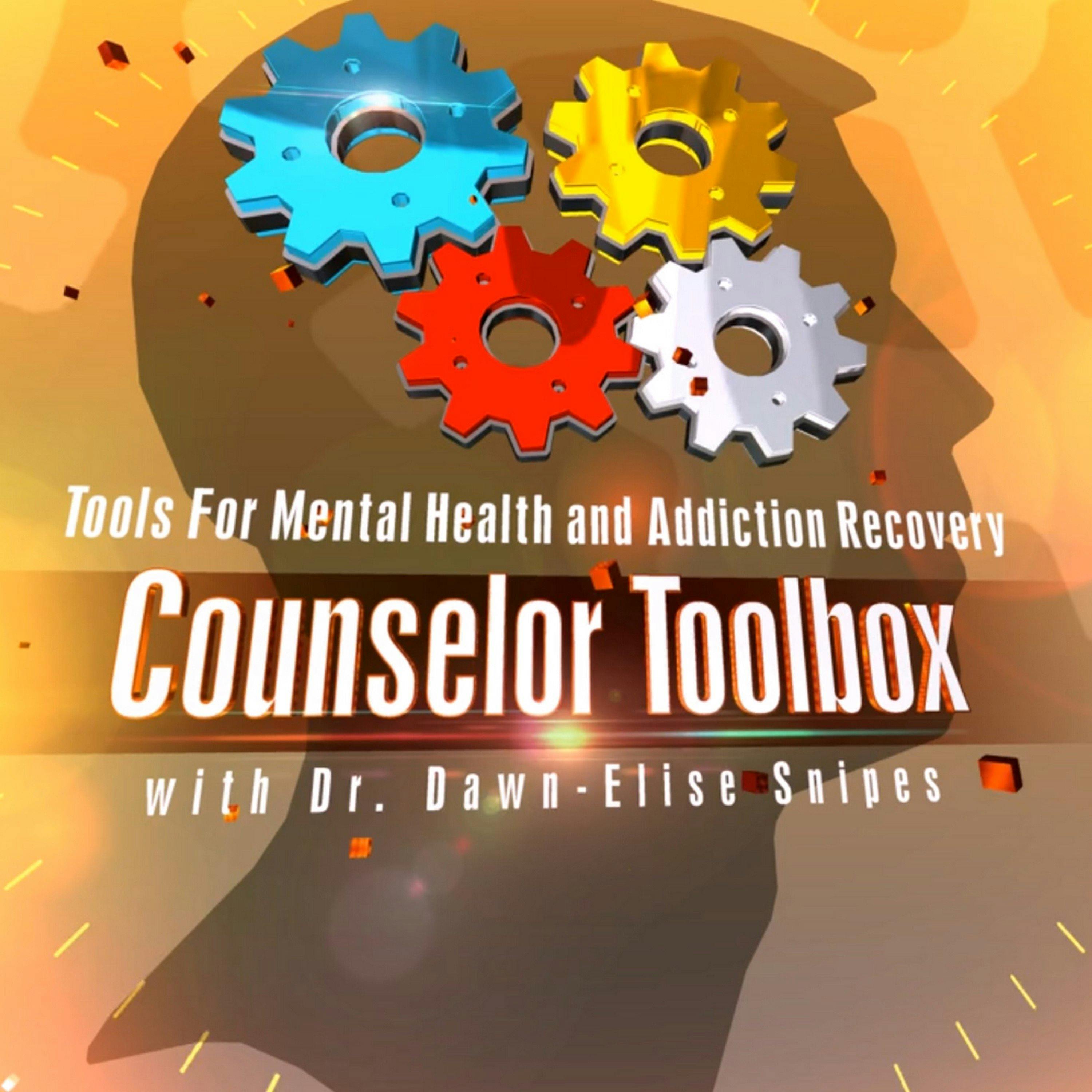Unleashing the power of rapport_ Transform your therapy sessions
Description
1. Introduction
2. Understanding Secure Attachment
Definition: Secure attachment involves feeling safe, being authentic, and vulnerable without fear of judgment or abandonment.
Relevance: Attachment trauma often underlies addiction and mental health issues.
Application: Creating a secure attachment in therapy allows clients to open up and be authentic.
3. Importance of Rapport
Definition: Rapport is the sense of safety, connection, and trustworthiness between clinician and client.
Impact: Lack of rapport can skew assessment results and hinder effective treatment.
Goal: Develop rapport from the first meeting by showing genuine interest and care for the client.
4. Key Components of Secure Attachment Behaviors in Therapy
Consistency: Be consistent in presence and behavior within and between sessions.
Acceptance: Show unconditional positive regard, valuing clients as individuals regardless of their behaviors or opinions.
Responsiveness: Respond to clients' emotions, questions, and problems; demonstrate active listening and engagement.
Empathy: Provide empathy with limited self-disclosure; focus on understanding clients from their perspective.
Safety: Create a safe and supportive environment where clients feel comfortable expressing their true selves.
5. Practical Strategies for Building Rapport
Consistency in Behavior: Avoid distractions like checking phones; maintain consistent non-verbal communication.
Acceptance and Positive Regard: Be mindful of non-verbal cues and communicate acceptance, even when you disagree.
Responsiveness to Emotions and Questions: Engage in Socratic questioning and respond appropriately to clients' emotional cues.
Empathy with Limited Self-Disclosure: Use self-disclosure sparingly to build rapport without shifting focus from the client.
Creating a Safe Environment: Encourage open discussion about what helps clients feel safe and comfortable in therapy.
6. Addressing Resistance and Communication Issues
Understanding Resistance: Resistance is not oppositional behavior; it's a form of communication that needs to be understood.
Behavior as Communication: Explore the meaning behind behaviors, especially when clients are not following through with treatment suggestions.
Empowerment Through Collaboration: Involve clients in setting goals and treatment plans to create a win-win scenario.
7. Communication Techniques
Active Listening: Reflect both verbal and non-verbal communication from clients to ensure understanding.
Clarification and Summarization: Periodically summarize and clarify clients’ statements to maintain understanding and focus.
Open-ended Questions: Use open-ended questions to encourage deeper discussion rather than simple yes/no answers.
8. Non-Verbal Communication
Awareness of Non-Verbal Cues: Monitor clients' body language, facial expressions, and other non-verbal cues to gauge comfort and engagement.
Cultural Sensitivity: Be mindful of cultural differences in non-verbal communication, such as eye contact.
9. Maintaining and Adjusting Rapport
Continuous Rapport Building: Rapport is not only built in the first session but must be maintained throughout the therapeutic relationship.
Reflecting on Past Experiences: Learn from previous client interactions to improve rapport in future sessions.
Chapters:
00:00:00 - Developing Rapport and Secure Attachment
00:04:33 - Being Responsive to Emotions and Problems of Clients
00:09:21 - Empathy and Perspective with Clients
00:14:15 - Empowering Clients to Provide Feedback and Criticism
00:19:05 - Building Rapport and Empowering Clients
00:23:51 - Creating Win-Wins with Involuntary Clients
00:28:36 - Note Taking and Summarizing; Open-Ended Questions and Alternate Perspectives
00:33:24 - Nonverbal Communication and Client Demeanor
00:38:17 - Dress and Presentation as Communication of Self
00:43:06 - Understanding and Improving Rapport
Learn more about your ad choices. Visit megaphone.fm/adchoices
More Episodes
Learn more about your ad choices. Visit megaphone.fm/adchoices
Published 11/21/24
Published 11/21/24
Introduction
Presenter: Dr. Dawn-Elise Snipes discusses helping families navigate life transitions using the Flower Empower Model.
The focus is on understanding how various transitions impact both individuals and families, emphasizing the importance of supportive partnerships between...
Published 11/19/24


